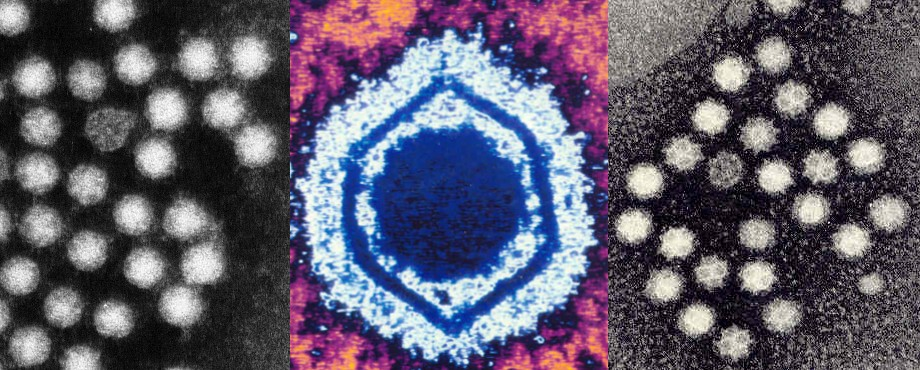
A next-generation hepatitis A virus vaccine and other viral vaccines
Advantages
- Fast-growing strain (2 days vs. 7 days standard strain)
- Similar antigenic properties than standard strain
- More efficient recovery
- More affordable
What do we offer & how can we help you?
- HAV new strain (from parental HM175) ready to be used.
- Improvement of production and purification of your available inactivated HAV vaccine.
- Generation -on demand- of a new hepatitis A vaccine based on a new strain and a new production system.
- Know-how available to be applied in the production of other viral vaccines.
Goal
The group is looking for a license agreement and/or other type of collaborations with industrial partners.
Reference
UBTT0338
Contact
Rosa Vázquez
Email: rvazquez@fbg.ub.edu
Tel: +34 934 039639
A next-generation hepatitis A virus vaccine and other viral vaccines
Executive summary
A research group, with wide experience on molecular virology of enteric viruses, particularly hepatitis A virus (HAV) and human astroviruses, has generated a fast-growing & more affordable inactivated HAV strain (HP) which speeds up the whole process and reduces the complexity of antigen purification.
Introduction
During the last years, there has been a sustained hepatitis A vaccine shortage. This was due to a high demand of vaccine, for the control of two large outbreaks among the men-having-sex-with-men group in Europe and in the homeless population in the US, and to the difficulties of antigen production associated to the low replication rate of the HAV strains used in vaccine manufacture. Additionally, the hepatitis A vaccine is among the most expensive due to these production problems. This technology could help to speed up the whole production chain and to achieve a more affordable vaccine.
The generation of a more affordable hepatitis A virus (HAV) vaccine requires the combination of a fast-growing virus strain and a more efficient recovery of viruses from infected cells. The research group has selected a fast-growing strain and has developed new methods to improve HAV recovery, specifically in the supernatant of cultures. Altogether, it allows reaching very high antigen yields in a short period of time and with much more easy purification procedures.
Description
The standard HAV strains (HM175) used for vaccine production requires a period of 7 days of infection in cell culture to recover the antigen yield in cell-extracts. This fast-replicating strain shortens this period to 2 days rendering 5X higher yields than the standard strain.
On the other hand, the method to increase the virus release into the supernatants renders antigen yields 7X higher for both strains compared with the standard method in significantly shorter times (1.5 days and 3 days, for the fast-growing and the standard strains, respectively).
Current stage of development
This fast-growing HAV population has been isolated by means of genomic selection and molecular breeding. This strain is already available to be transferred.
The methods developed to improve virus recovery are based on drug-induced mechanisms to force the release of the virus into the supernatants of infected cell cultures, which facilitates the process of virus purification. The know-how is also ready to be transferred.

